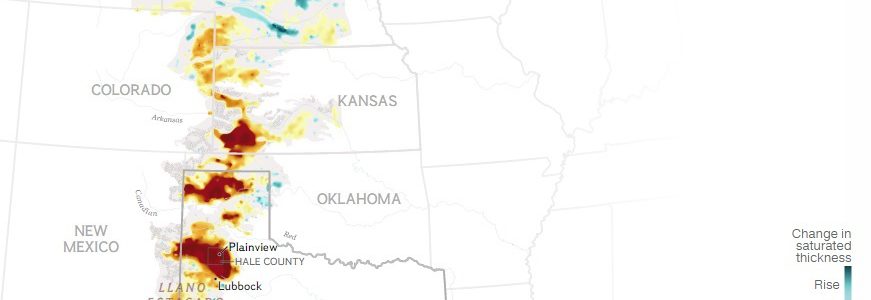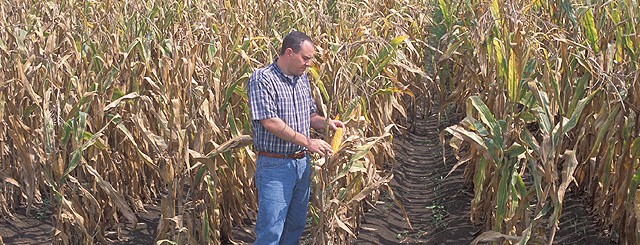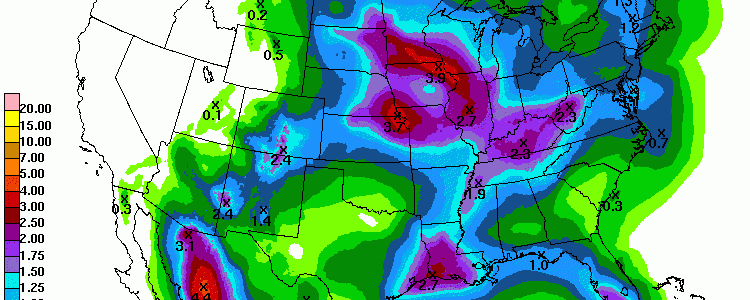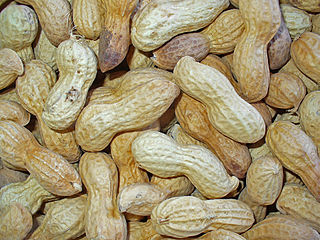July 2016
-

One of my favorite movies is “The Shawshank Redemption”, and according to IMDB, it is the highest-rated movie in their database. One of the pivotal scenes late in the movie revolves around a secret cache hidden near an ancient oak tree. This iconic 200-year-old tree, which was filmed in Mansfield, Ohio, fell down this week…
-

Groundwater supplies much of the irrigation water in the central Plains of the United States. A lot of this comes from the Ogallala Aquifer. National Geographic produced an interesting set of graphics on the aquifer recently that you might be interested in looking at. You can view it here.
-

My colleague Dr. Brenda Ortiz from Auburn University recently had a paper published in Nature about climatic effects on maize yield in the Southeast that you might find interesting. You can read the article, entitled “Climate Change and ENSO Effects on Southeastern US Climate Patterns and Maize Yield”, at https://www.nature.com/articles/srep29777. Keep in mind that it is a…
-

Mark McGinnis of Fair Skies Consulting posted a recent discussion of the temperatures in the eastern Pacific Ocean. In his column he pointed out that the ocean temperatures there are right at the threshold level of a La Niña. Of course, as he pointed out, you generally have to have temperatures that are consistently in…
-

The latest 7 day QPF shows another fairly dry week in store for most of the Southeast. When combined with the high temperatures we have been experiencing, this could lead to further expansions in drought across the region. The rain that falls is likely to be spotty in nature, leaving some areas short while others…
Posted in: Climate outlooks -

The Capital Weather Gang posted an article this morning discussing the torrid temperatures in the Middle East and how they are the hottest ever in the Eastern Hemisphere. Here is a link to their story. Alaska has also received a blast of hot temperatures in the last few weeks. Here is another Capital Weather Gang…
-

Clint Thompson of the University of Georgia posted a story this week about the problems the dry conditions are causing for Georgia dryland peanut farmers. He quotes Scott Monford, UGA peanut agronomist as saying that dryland peanut farmers should hold off on doing any chemical treatments until after it rains to see if it is…